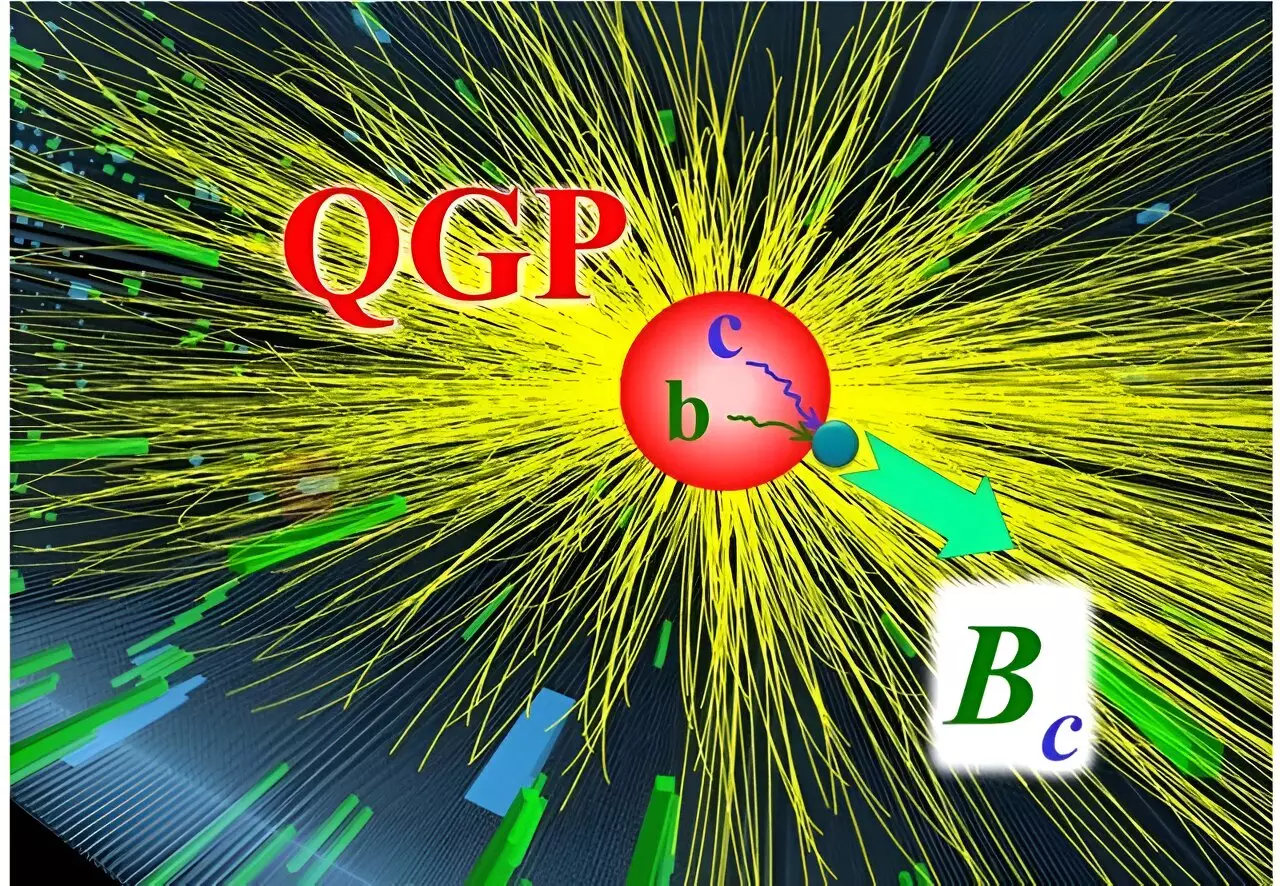Exploring the recombination of charm and bottom quarks into Bc mesons within the quark-gluon plasma (QGP) has been the focus of researchers from the HEFTY Topical Collaboration. Their investigation involves the development of a transport model that simulates the behavior of heavy-quark bound states in the expanding QGP fireball generated during high-energy heavy-ion collisions. This innovative approach has led to significant advancements in understanding the production of charm-anticharm and bottom-antibottom bound states, consequently offering insights into Bc particle predictions.
In high-energy heavy-ion collisions, the QGP, characterized by its fleeting existence before decaying into an array of detectable particles, poses a unique challenge for researchers. Detecting signatures, which are indicative signals produced by specific particles, is crucial for identifying the formation of QGP in heavy-ion experiments. By conducting theoretical simulations on the diffusion of charm and bottom quarks in the QGP, researchers have observed that the recombination of these quarks plays a pivotal role in enhancing the production of Bc mesons. This distinctive mechanism is absent in proton-proton collisions, making it a valuable signature for identifying QGP formation.
Utilizing realistic spectra of charm and bottom quarks obtained from their diffusion through the QGP, researchers were able to assess the recombination processes of these heavy quarks. The findings indicate a substantial increase in the yield of Bc mesons in lead (Pb) nucleus collisions compared to proton collisions. Particularly, a significant enhancement is predicted for sluggish Bc mesons in head-on collisions of Pb nuclei, where a sizable QGP fireball enriched with charm and bottom quarks is created. The theoretical calculations align with initial data from the CMS collaboration at the Large Hadron Collider (LHC), although the current data lack sensitivity to slow-moving Bc mesons. Future data analysis will be crucial in validating this distinctive signature of QGP formation.
The research carried out by the HEFTY Topical Collaboration sheds light on the recombination dynamics of charm and bottom quarks in Bc meson formation within the QGP. By employing a sophisticated transport model and conducting theoretical simulations, researchers have provided valuable insights into the unique signatures of QGP formation that distinguish heavy-ion collisions from other collision scenarios. The promising results obtained from this study pave the way for further investigations and experimental validations to deepen our understanding of the complex interactions within the QGP.


Leave a Reply